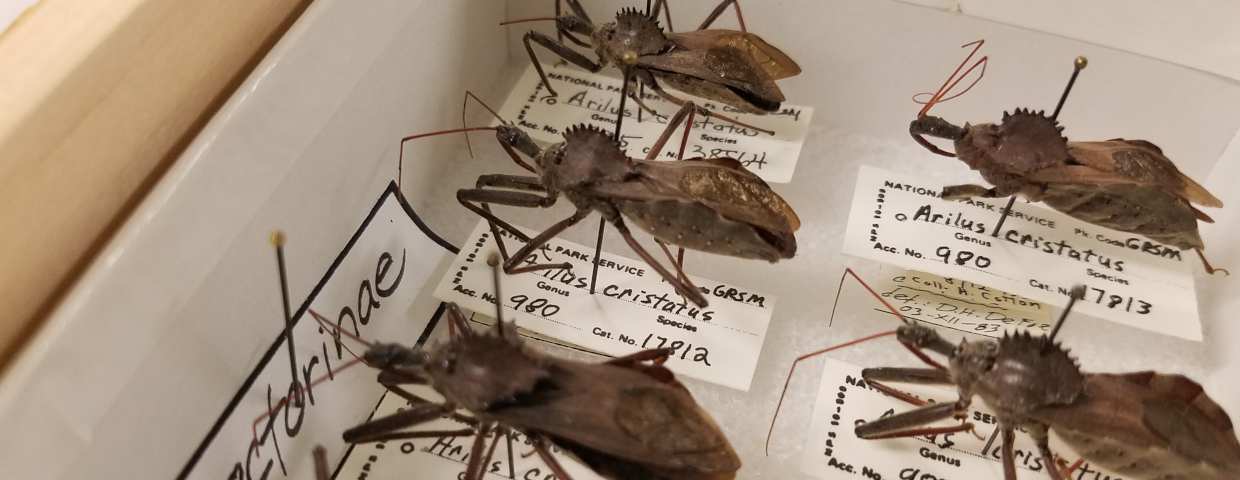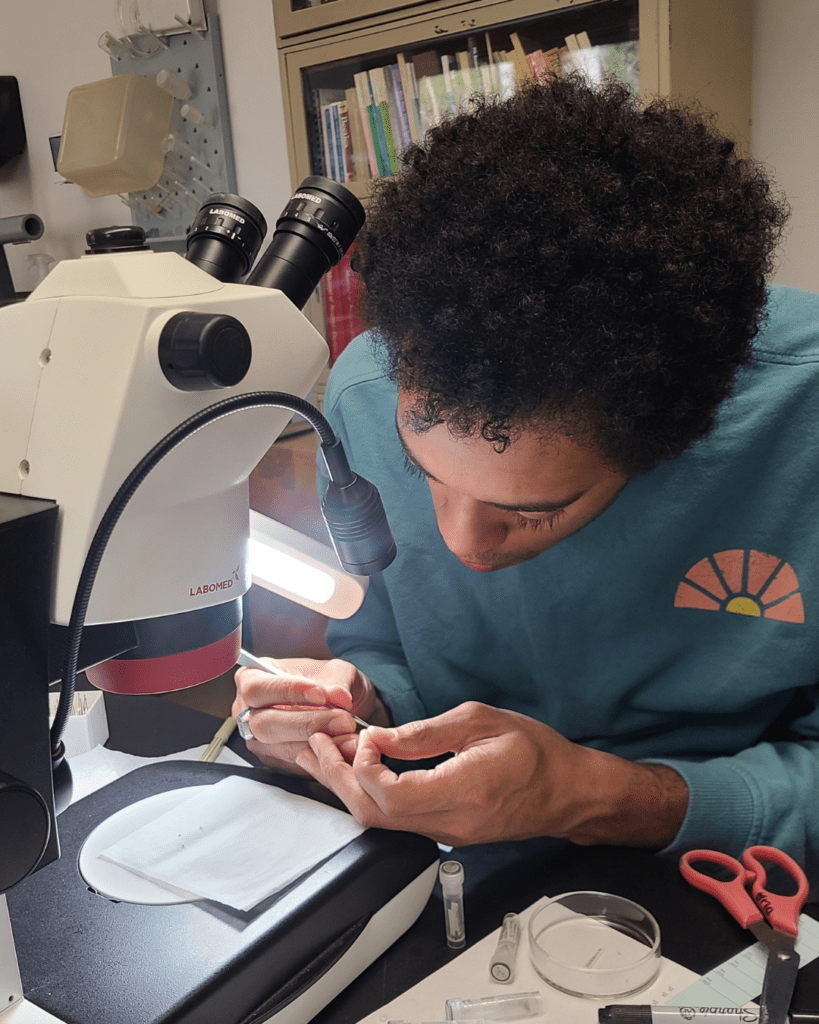
All Taxa Biodiversity Inventory
DLiA manages the All Taxa Biodiversity Inventory, an effort to catalog and understand every single species living in Great Smoky Mountains National Park.
The Smokies ATBI, a project of Discover Life in America, seeks to catalog the estimated 60,000-80,000 species of living organisms in Great Smoky Mountains National Park. A brainchild of renowned ecologist Dan Janzen, the first ATBI was supposed to take place in the rainforests of northwest Costa Rica. Due to bureaucratic difficulties, however, the location was changed to the Great Smoky Mountains National Park.
The idea behind an All Taxa Biodiversity Inventory (ATBI) is simple. If we want to be good stewards of our environment and keep the world around us healthy and vibrant, we need to understand the web of biodiversity. The information we need—how many species live in an environment, what jobs these species do and how they interact with each other—is largely unknown.
Although most explanations of an ATBI stress that it is an effort to identify all the species of life in a given area, that is not its only goal. An ATBI is more than just a checklist of species names. It is a complex and living database of species locations, habitats, genetic diversity, population density, symbiotic relationships and predator-prey interactions.

The Smokies ATBI is a cooperative effort between expert scientists specializing in all different forms of life. It is a way to discover new species in need of protection, identify new threats in time to act and understand how to protect a complex and valuable ecosystem like the Smoky Mountains.
The Smokies ATBI seeks to address four key questions:
- What species live in Great Smoky Mountains National Park?
- Where do they live in the Park?
- How rare or common is each species?
- How do species interact with each other?

The ATBI is gaining ground in scientific discoveries! The Smokies ATBI has doubled the number of species known to Great Smoky Mountains National Park from around 10,000 species when the project began in 1998, to now more than 22,000 species. These include over 11,000 species that represent new records for the Park and more than 1,000 species that are new to science! Scientists estimate that 60,000 to 80,000 species call the Smokies home, leaving some 60-70% waiting to be discovered.
